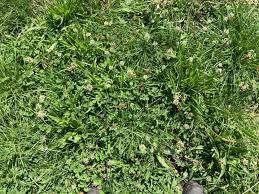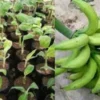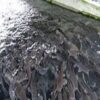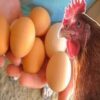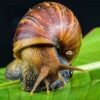Pasture management encompasses all activities and decisions made by the management team aimed at improving pasture quality and forage yield. This is crucial since animals require access to pasture year-round, while pasture growth is limited to certain months of the year.
The key components considered in pasture management include soil, plants, animals, and their interactions. However, the overall decision regarding pasture management rests with the manager.
Choice Of Pasture Species and Its Importance in Pasture Management
The success of any pasture depends on the selection of the right species at the start of the establishment process. Variations exist within and between pasture species, making the choice of species a critical factor. Therefore, the species selected should have the following characteristics:
- Ease of establishment
- High dry matter yield
- High quality in terms of crude protein content
- Affordability
- Environmental safety
- Easy eradication when necessary
- Acceptability by livestock
Read Also: How to Grow Paw-Paw (papayas): Beginners Business Guide
Germination Percentage and Pasture Species Performance
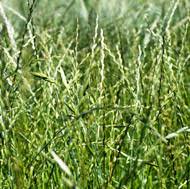
Pasture species are influenced by environmental extremes, which is why proper management is essential for optimal results. Pasture seeds vary in size and weight, with larger seeds generally exhibiting better germination rates due to higher food reserves in the seed cotyledon.
However, germination rates may decline due to factors such as prolonged shelf life, the presence of inert materials (e.g., stones), low seed viability, poor storage, or a hard seed coat. In cases of low germination, seeds can be treated with techniques like scarification to improve germination and establishment.
Read Also: How To Grow Apple Trees
Establishment and Eradication of Pasture Species
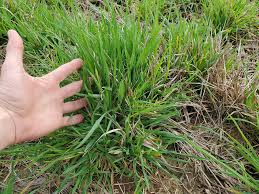
Pastures can be established from seeds or vegetative parts such as stem cuttings. Several desirable characteristics should be considered when establishing pasture species. These include:
- Ease of establishment
- Consistent yield persistency
- Resistance to drought and climatic variations
- Spread of growth period and yield distribution
- Quality of yield
- Seed production potential
- Ease of eradication
This article has emphasized that choosing the right pasture species is the first crucial step in the pasture management process. The variations within and between pasture species should be carefully considered to achieve the desired outcomes in livestock feeding and pasture health.
Do you have any questions, suggestions, or contributions? If so, please feel free to use the comment box below to share your thoughts. We also encourage you to kindly share this information with others who might benefit from it. Since we can’t reach everyone at once, we truly appreciate your help in spreading the word. Thank you so much for your support and for sharing!

